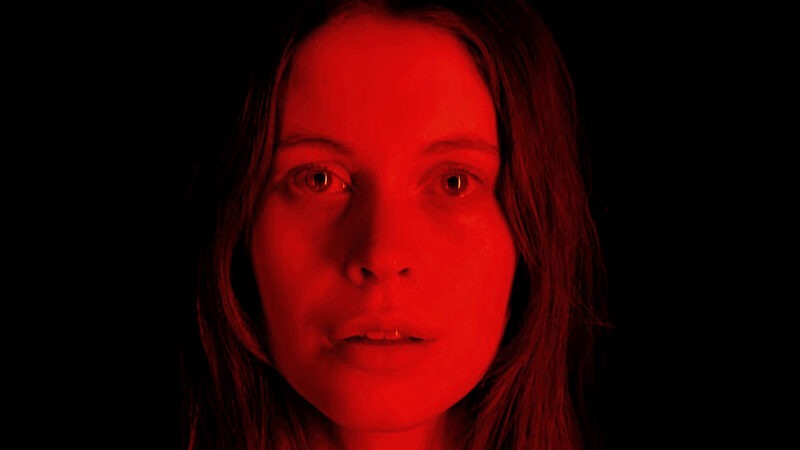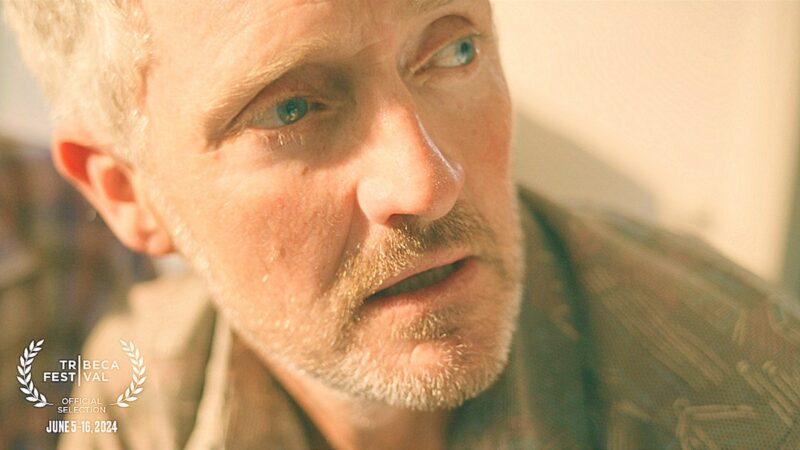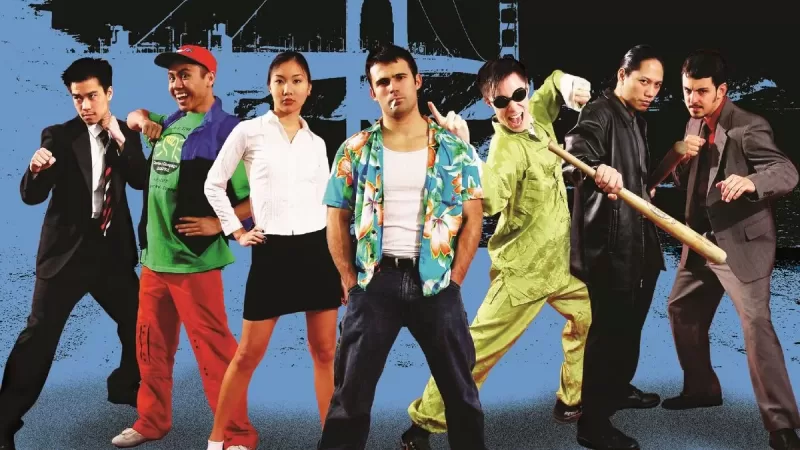Much of filmmaking rests on cinematography, which in turns is impacted by technology
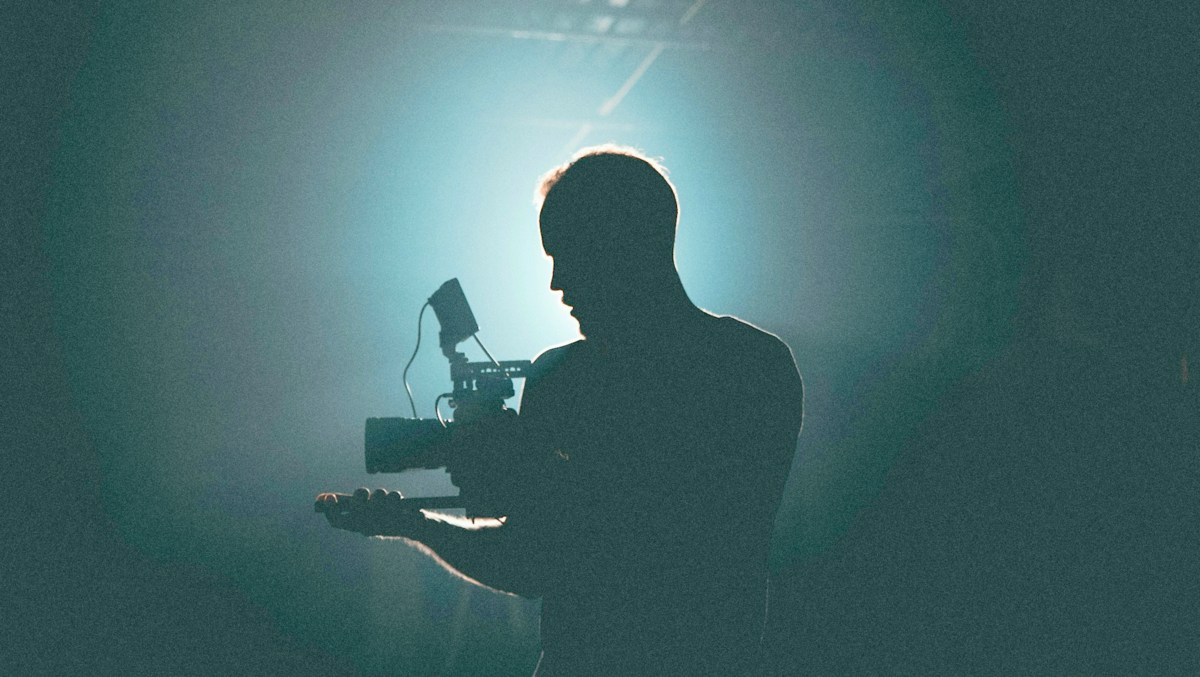
Oladapo Bamidele (January, 18, 2023)—
Without Technology, we have no cinematography, without cinematography, we have no film
The intersection of technology and cinematography has revolutionized the way films are made and experienced. Embracing digital advancements. The impact of technology on cinematography has opened up a world of possibilities for filmmakers. It is allowing them to capture stunning visuals and tell captivating stories in ways that were once unimaginable. From advancements in camera technology to the use of CGI and virtual production. Digital innovations have reshaped the art of filmmaking. It is pushing boundaries and inspiring creativity. In this blog post, we will explore the exciting ways in which technology has transformed the world of cinematography. And discuss the implications for the future of filmmaking.
The Evolution of Cinematography: From Film to Digital
The world of cinematography has witnessed a remarkable transformation over the years. It is transitioning from traditional film-based techniques to embracing the digital realm. This evolution has revolutionized the art of visual storytelling. It is offering filmmakers a wider array of creative tools and techniques to explore.
A brief history of cinematic technology
Cinematography has its roots in the late 19th century. This period was marked by the invention of the motion picture camera and the birth of the film industry. Early cinematography was born of technology. It relied on celluloid film and hand-cranked cameras, introducing audiences to the magic of moving images on the silver screen. The gradual refinement of film technology paved the way for artistic experimentation and narrative innovation in filmmaking.
The rise of digital cameras in filmmaking
The advent of digital cameras brought about a paradigm shift in the world of cinematography. The the impact of technology on cinematography shows up again. Digital cinematography offered unprecedented flexibility, cost-effectiveness, and enhanced visual quality, challenging the dominance of traditional film-based techniques. Filmmakers increasingly embraced digital cameras for their ability to capture exquisite detail. And to achieve cinematic depth, and adapt to diverse shooting conditions with ease.
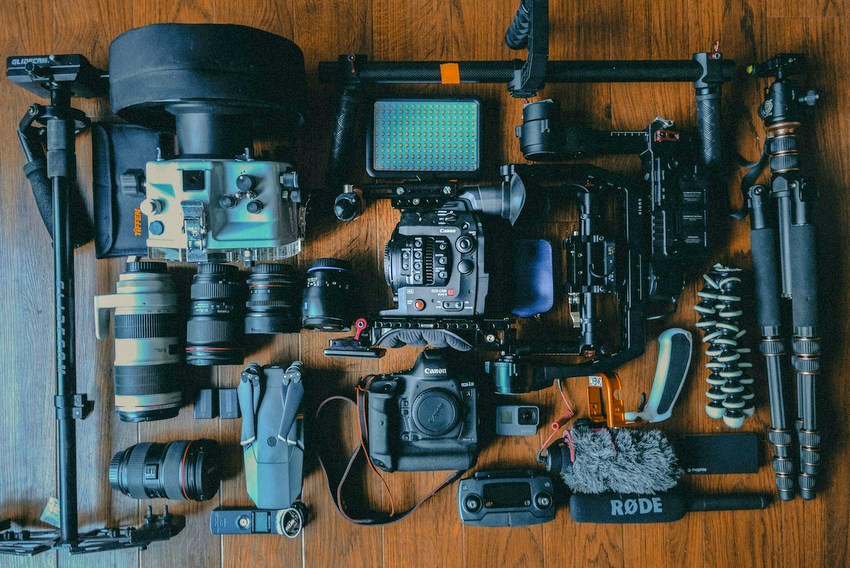
How Digital Has Changed the Filmmaking Process
The integration of digital technology has reshaped the entire filmmaking process, from pre-production to post-production. The impact of technology on cinematography keeps rising. Digital cameras empower filmmakers to experiment freely, capture dynamic visuals, and efficiently manage complex scenes. There is a seamless integration of visual effects and computer-generated imagery. This has expanded the boundaries of storytelling, enabling directors to create immersive cinematic experiences that were once inconceivable.
The evolution of cinematography from film to digital has democratized visual storytelling. But it has also redefined the standards of visual excellence in the film industry. As technology continues to advance, the possibilities for creative expression in cinematography become boundless. It is inviting filmmakers to push the boundaries of imagination and craft compelling narratives through the lens of digital innovation.
Special Effects: The Digital Revolution
Advancements in technology have revolutionized the world of cinematography, particularly in the realm of special effects. Certain filmmakers shoot in camera, thanks to the impact of technology on cinematography to do so. The application of computer-generated imagery (CGI), motion capture, and green screens have also redefined the storytelling. These technologies have expanded the capabilities of filmmakers, bringing unimaginable visions to life on the big screen.
The Magic of CGI
Computer-generated imagery (CGI) has become an indispensable tool in modern filmmaking. This digital wizardry allows filmmakers to create stunning visual effects that were once inconceivable. Whether it’s fantastical creatures, larger-than-life landscapes, or gravity-defying action sequences, CGI has opened up a boundless realm of creative possibilities. From the seamless integration of CGI characters into live-action scenes to the breathtaking virtual environments. The magic of CGI continues to captivate and awe audiences worldwide.
Motion Capture
Motion capture technology has ushered in a new era of performance-driven special effects. By meticulously capturing the movements and expressions of actors, filmmakers can breathe life into computer-generated characters with unprecedented realism. This cutting-edge technique has enabled the creation of iconic digital performances. It has blurred the line between the real and the virtual. Through motion capture, actors can embody fantastical beings, or mythical creatures such as Avatar. Or imaginative characters, elevating the art of storytelling to unprecedented heights.
The Role of Green Screens in Modern Movies
Green screens, or chroma key compositing, have become an integral component of modern filmmaking. It is enabling filmmakers to transport characters to any conceivable location or environment. By filming actors against a green backdrop, filmmakers can seamlessly replace the green background. They switch with virtually any setting imaginable, from otherworldly realms to bustling cityscapes. This technique is granting filmmakers the ability to realize ambitious visions. Viewers are transported as audiences to realms beyond the limitations of practical set design.
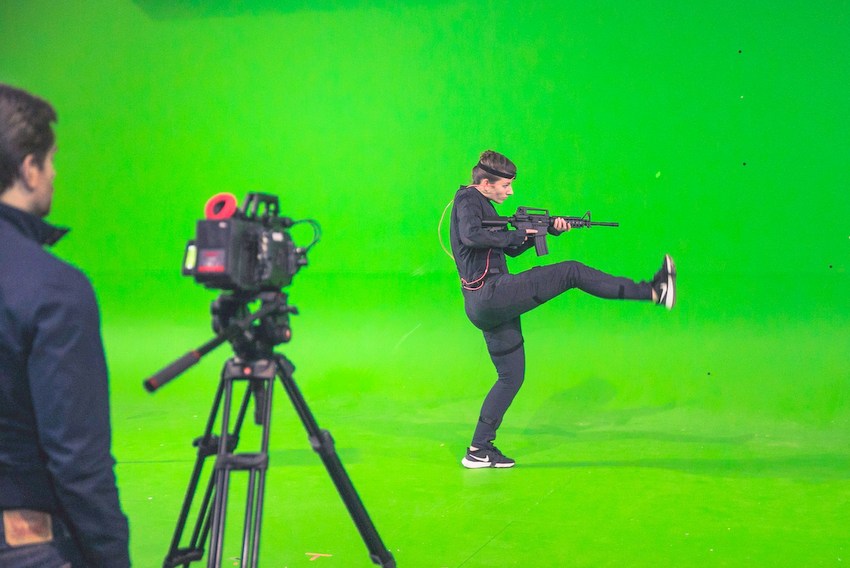
The Impact of High Definition and 4K/8K Resolution
Introducing state-of-the-art digital advancements has revolutionized the art of cinematography. The impact of technology on cinematography. And the pursuit of picture-perfection has been a driving force in this evolution. The integration of high definition and 4K/8K resolution technology significantly enhanced viewing. Ushering in a new era of visual immersion and clarity.
The quest for picture perfection
The cinematic landscape has been reshaped by the relentless quest for impeccable picture quality. The transition from traditional film to high definition and 4K/8K resolution has allowed filmmakers to capture intricate details. With unparalleled precision, effectively transcending the limitations of conventional filming techniques. This quest for perfection has propelled the industry towards a future. A time where images are sharper, colors are more vivid, and visual storytelling is more compelling than ever before.
How high resolution enhances viewer experience
Embracing high resolution technology has resulted in a substantial enhancement of the viewer experience. The remarkable clarity and definition offered by 4K/8K resolution enable audiences to perceive scenes. With an unprecedented level of detail, fostering a deeper emotional connection
The Era of Drone Cinematography
The application of drones in cinematography is an example of the impact of technology on cinematography. This has revolutionized the way aerial shots are captured in the film industry. These unmanned aerial vehicles give filmmakers breathtaking aerial perspectives. Shots that were previously unattainable or required expensive and logistically complex setups.
Aerial shots
Drones have enabled filmmakers to effortlessly capture stunning aerial shots. Providing viewers with a bird’s-eye view of intricate landscapes, dynamic cityscapes, and action sequences. Be it a sweeping panoramic shot of a majestic mountain range or a thrilling chase sequence through urban alleyways. Drones offer unparalleled flexibility and creativity in depicting scenes from above.
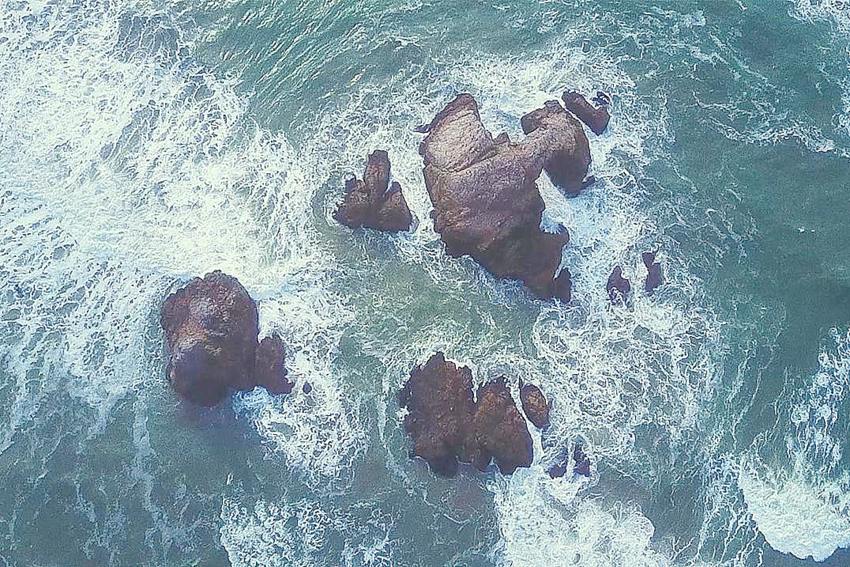
The advantages of using drones in film
Drones have swiftly become a go-to tool for filmmakers due to their numerous advantages. They offer cost-effective alternatives to traditional aerial cinematography methods. The use of helicopter or crane shots, making it more feasible for independent filmmakers. Smaller productions can now achieve high-quality aerial footage. Additionally, drones provide increased maneuverability and agility. This allows filmmakers to capture dynamic, fluid shots. That add a heightened sense of drama and visual appeal to their storytelling.
Moreover, the use of drones enhances safety on film sets. It minimizes the need for risky maneuvers involving human-operated aircraft or equipment. This not only protects the well-being of film crew members but also reduces potential liabilities during production.
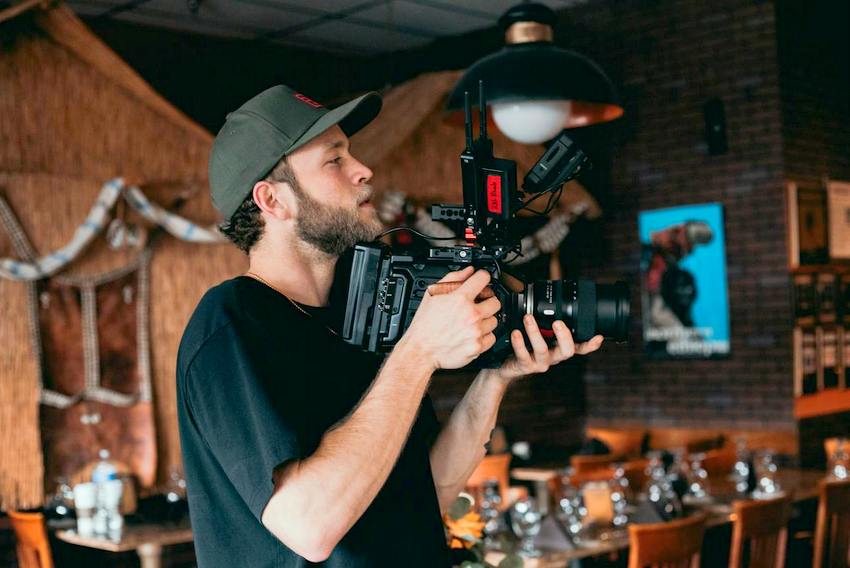
Virtual Reality (VR) and Augmented Reality (AR) in Film
Virtual Reality (VR), and Augmented Reality (AR) technologies have merged with film production. This has revolutionized the way stories are told and experienced. VR and AR have redefined immersive storytelling, blurring the lines between the virtual and the real world.
Immersive storytelling with VR
VR technology, utilizing computer simulation to create a three-dimensional virtual world. A world that allows users to experience visual, auditory, and tactile sensations, fostering a profound sense of immersion. This innovation has introduced a new dimension to film viewing, transforming passive spectators into active participants. By donning head-mounted displays, viewers can escape the constraints of traditional screens. They enter a realm where their actions influence the unfolding narrative. This heightened interactivity captivates audiences, granting them the agency to shape their cinematic experiences.
Augmented reality (AR) in film
Augmented Reality (AR) technology enriches the film industry. It is seamlessly integrating digital elements into the physical world, enhancing the audience’s perception of reality. AR has the potential to transcend the boundaries of traditional storytelling. By offering filmmakers avenues to craft narratives that intertwine with the viewer’s surroundings. By overlaying computer-generated imagery onto real-world settings, AR empowers filmmakers to create captivating visual spectacles that captivate and astonish audiences. Moreover, AR’s ability to merge digital and physical environments will always enrich storytelling. fostering a deeper connection between the narrative and the audience.
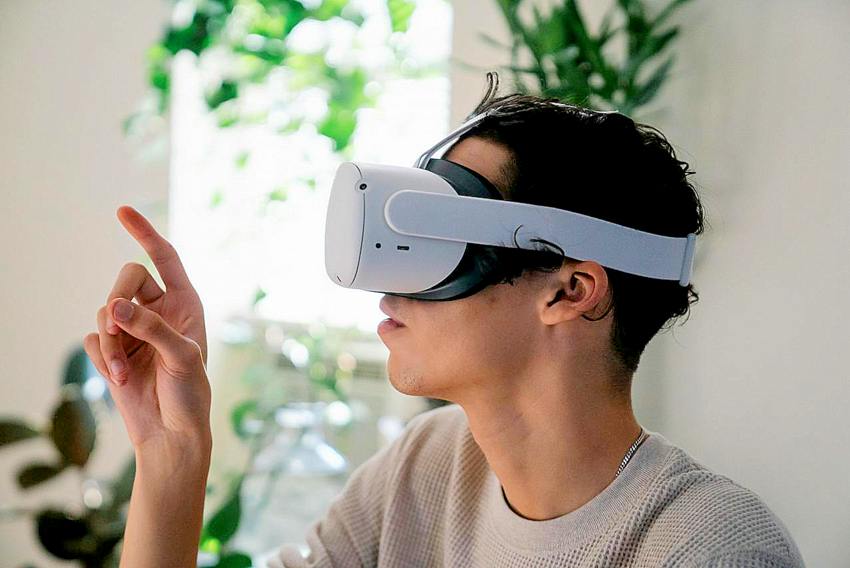
The Importance of Editing Software in Post-Production
In the realm of cinematography, post-production is where the magic truly happens. It is the phase where raw footage is meticulously transformed into a captivating visual story. This transformation owes much to the evolution of editing software and visual effects technology.
The shift to non-linear editing systems
The emergence of non-linear editing systems has revolutionized the post-production landscape. Unlike traditional linear editing, non-linear systems enable editors to access and manipulate any part of the footage without having to sequentially navigate through the entire content. This flexibility has significantly streamlined the editing process. Allowing for seamless experimentation and precise adjustments to achieve the desired narrative and visual impact.
The power of visual effects software
Visual effects software has redefined the boundaries of creativity in post-production. From enchanting visual enhancements to meticulously crafted illusions. This software empowers filmmakers to bring their wildest imaginings to life on the screen. Whether it’s altering the environment, creating otherworldly creatures, or simulating natural phenomena. The capabilities of visual effects software are boundless, enriching the storytelling experience with unprecedented visual splendor.

Streaming Services and On-Demand Content
The proliferation of streaming services has also significantly transformed the landscape of film production. It is enabling filmmakers to reach global audiences without the constraints of traditional distribution channels. This shift has led to a surge in the creation of original content by streaming platforms. They strive to capture the attention of diverse viewer demographics.
How streaming has influenced film production
Streaming services have revolutionized film production by providing a platform for diverse storytelling and fostering innovation in content creation. Filmmakers now have the freedom to explore unconventional narratives and diverse genres, catering to the preferences of global audiences. This has led to a surge in the production of high-quality original content. Thus challenging the traditional studio system and fueling a new era of creativity in cinematography.
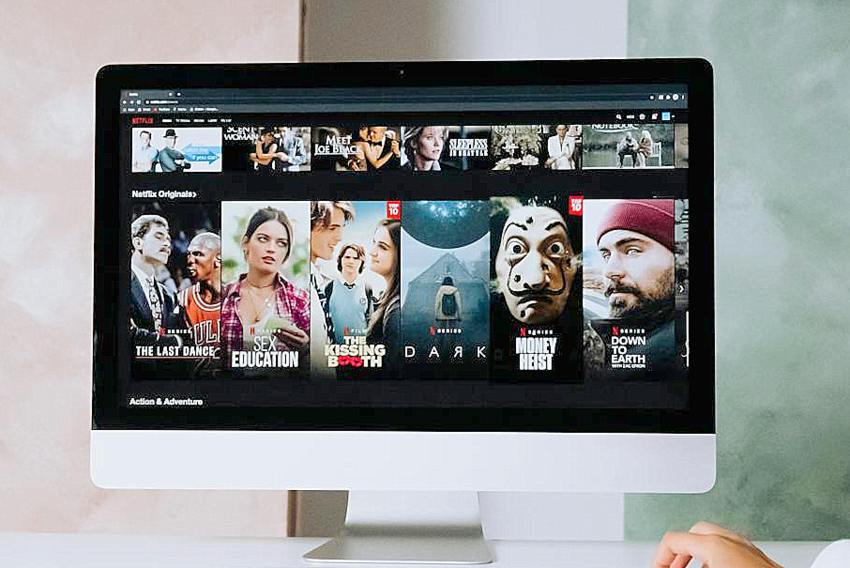
The role of data analytics in content creation
Data analytics plays a pivotal role in content creation for these streaming platforms. It offers valuable insights into viewer preferences, engagement patterns, and content consumption behaviors. It is harnessing data-driven decision-making. With such data, streaming services can tailor their content to align with audience preferences, thereby optimizing the overall viewing experience. This analytical approach empowers filmmakers, and content creators to craft compelling narratives. These narratives resonate with diverse global audiences, driving the evolution of storytelling in the digital age.

The Future of Cinematography with AI and Machine Learning
The future of cinematography is being revolutionized by the integration of artificial intelligence (AI). And machine learning, pushing the boundaries of visual storytelling. These technologies are driving significant advancements in color grading and visual effects. It is transforming the way films are made and enhancing the cinematic experience for audiences worldwide.
Artificial intelligence in color grading
AI is reshaping the art of color grading in cinematography. The progress offers unprecedented precision and efficiency in enhancing the visual aesthetics of films. Through sophisticated algorithms, AI systems can analyze and interpret the intricate details of each frame. They do this intelligently adjusting color tones, contrast, and saturation to achieve the desired emotional impact. This level of automation enables cinematographers to focus more on creative expression. While AI algorithms handle the technical aspects of color grading with remarkable accuracy.
Machine learning for enhanced visual effects
Machine learning algorithms are empowering filmmakers to create captivating visual effects that were once deemed challenging or impractical. By leveraging vast datasets and iterative learning processes, machine learning algorithms can simulate complex phenomena, such as realistic physics-based simulations, lifelike character animations, and seamless integration of computer-generated imagery with live-action footage. This capability enables cinematographers to unleash their imagination and bring unprecedented visual spectacles to the silver screen, captivating audiences with immersive and awe-inspiring cinematic moments.
In essence, the synergy between cinematography and AI-driven machine learning is propelling the industry toward a future where creative boundaries are expanded, and storytelling possibilities are endless. The seamless integration of AI and machine learning into the art of filmmaking is ushering in an era of unprecedented visual innovation, promising to captivate audiences with breathtaking cinematic experiences that transcend conventional boundaries.
Conclusion
Technology has revolutionized the world of cinematography, offering filmmakers unprecedented creative freedom and efficiency. Embracing digital advancements has opened up new possibilities for storytelling and visual expression. From advanced camera systems to cutting-edge post-production techniques, the marriage of technology and cinematography continues to push the boundaries of what is possible in filmmaking. As we look to the future, it is clear that the intersection of technology and cinematography will only continue to evolve, inspiring filmmakers to push the limits of creativity and innovation.
Did this press release inform you? Would you like to comment on “Embracing Digital Advancements: The Impact of Technology on Cinematography“. If you do, we would respond. Do let us know your thoughts if you have any suggestions. So hit us up on Facebook, Instagram! or Twitter.
INDIE ACTIVITIES
Original Skin by Award-winner Mdhamiri á Nkemi Selected at Tribeca
Mdhamiri á Nkemi’s LGBTQ+ short ‘original skin’ selected for Tribeca
Favourites by Nick Russell Officially Selected for Tribeca Film Festival
Favourites is written by Nick Musgrove
Rhapsody in Justice by Anthony J. Dixon Debuts for VOD Platforms & DVD May
Topical Satirical Comedy Sets Digital Debut for North American VOD Platforms and DVD on May 21, 2024

